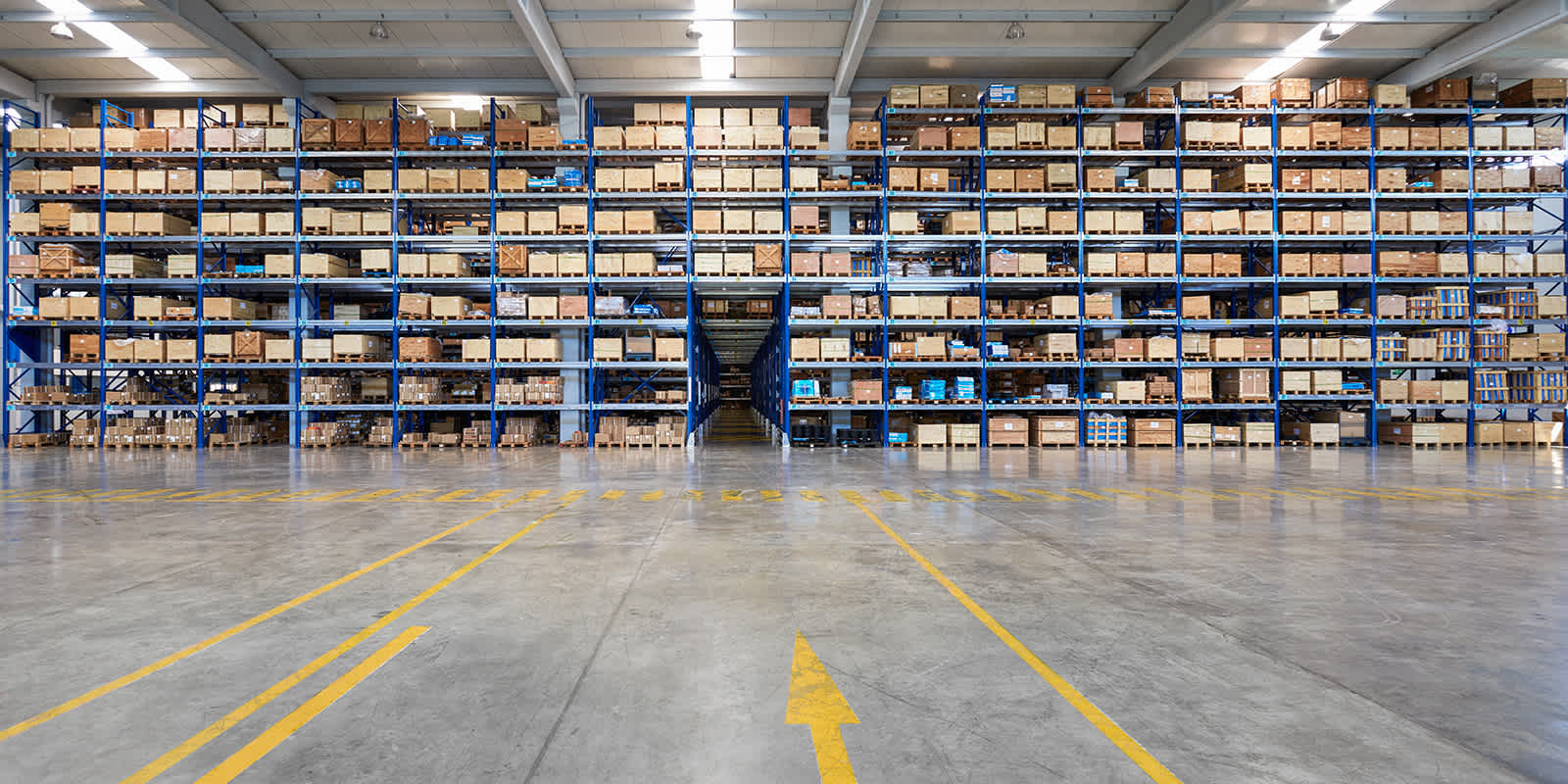
January 7, 2021
Supply Challenges Require Continued Adaptability from Businesses in 2021
Supply Challenges Require Continued Adaptability from Businesses in 2021
Supply challenges have become commonplace in the past year. While global productivity was slowing before Covid, the pandemic has compounded the deceleration. At the same time, shipping capacity is at a premium, making it harder for buyers to receive the goods that are available.
With a decrease in supply reliability and greater competition in shipping, uncertainty remains high at the start of 2021. Adaptability may help companies progress from survival tactics to strategic recovery (and beyond) mode. Five key measures can help.
(1) Find the Opportunities in Market Shifts
Some companies may require a solid pivot to new products or markets, but others may thrive via a series of well-timed adjustments. Look to data to inform strategic shifts. Relying on a digital dashboard as a central point of command for supply chain management provides insights into shipments down to the SKU level and brings all supply chain partners around the same set of data to enable quick decisions on the fly.
To illustrate, one Flexport customer decided to meet and shape demand in increments, making quick adjustments to its product array based on readily available supply. This hybrid solution let the company test for success without investing in a full pivot.
Another customer, Cloud Paper, did a 180 at the start of the pandemic and saw sales skyrocket. Originally a B2B company, the startup reorganized its supply chain and shifted its sales in response to consumer toilet paper demand.
Or, limiting inventory to focus on core products can streamline the supply chain. When a reporter noticed a recent shortage of bucatini, a specialty tube pasta, a wacky investigation revealed a shift towards more popular types of pasta as a result of the pandemic.
(2) Build Resilience into Business Plans
When Covid first rattled supply options, redundancies became immediately vital, especially for companies with shorter sales cycles. Back-up suppliers filled inventory gaps during periods of factory shutdowns or blanked sailings.
This year’s figures won’t be based on 2020 or 2019, but companies can still plan to accommodate the ups and downs of the immediate future. Here again, data and analytics help inform reporting for better planning and forecasting.
Consider recent historical data and keep in step with trends shaping specific industries. Flexport’s guide 5 Steps to Gain Value from Forecasting may aid in analyses.
(3) Stay Current on the Shipping Market
Supply challenges aren’t just about supplier backlogs. Getting goods to shore still presents a raft of challenges this year, including January blanked sailings, an ongoing equipment shortage, reduced airfreight capacity due to passenger travel restrictions, and the priority of vaccine distribution over other goods.
The complexity is likely to continue beyond the Chinese New Year in February. But, by staying abreast of the swift changes that characterize all transport modes right now, leaders can make decisions that give goods the best chance of arriving when needed.
For an easy way to stay on top of the industry, Flexport’s weekly Freight Market Update reports ocean and airfreight rate changes and trends, customs and trade industry news, plus Covid-19 impacts. The Update is always on the site or delivered via email subscription.
(4) Prepare for RFP Season
Think of this year’s RFP season as a chance to fortify shipping contracts. While it’s likely to remain a carriers’ market in terms of capacity and price, there are ways to add value to contracts. Negotiate for space or timing guarantees when rates are high or dive into other premium solutions based on specific business needs. A smoother shipping experience can help offset other supply challenges.
(5) Bring in Expert Advice
Look to the industry for insights and in-depth discussions about how to handle ongoing challenges. In a period of widespread volatility, experts share solutions, open discussions to questions, and feature their experiences for others to learn. Read blogs or attend webinars, like The State of Trade series with Flexport Chief Economist Phil Levy.
By taking advantage of technology, analytics, and expertise, companies may be able to power through supply challenges and find success in 2021. For help with transportation or logistics, contact Flexport.



